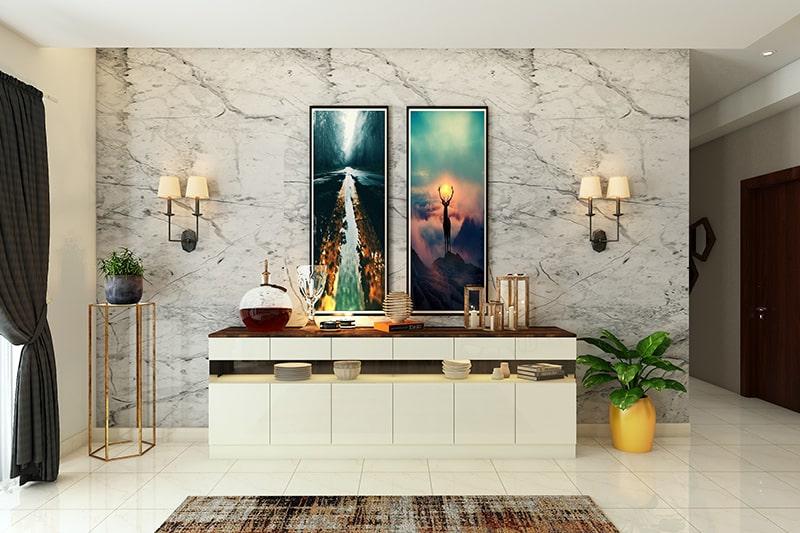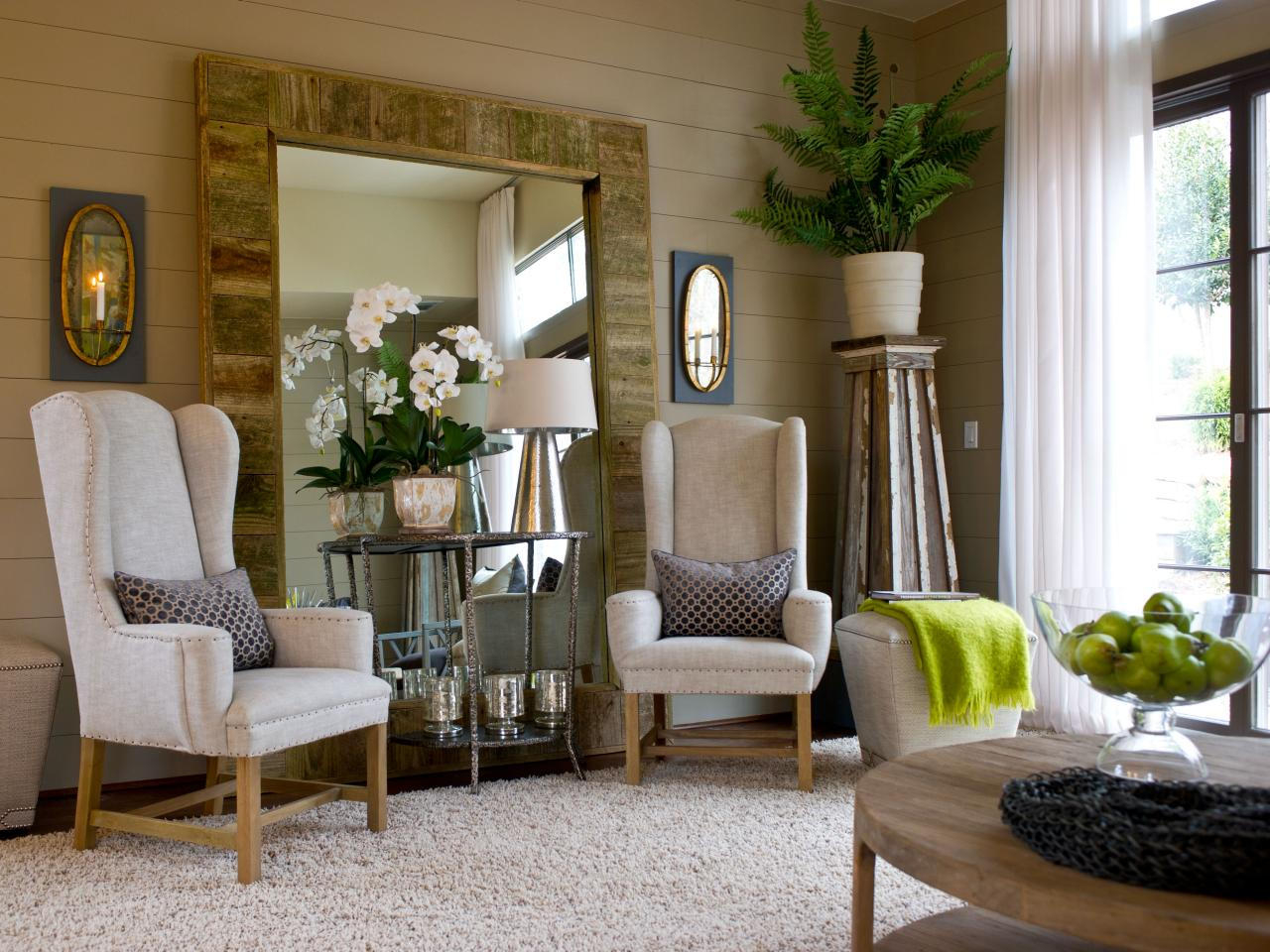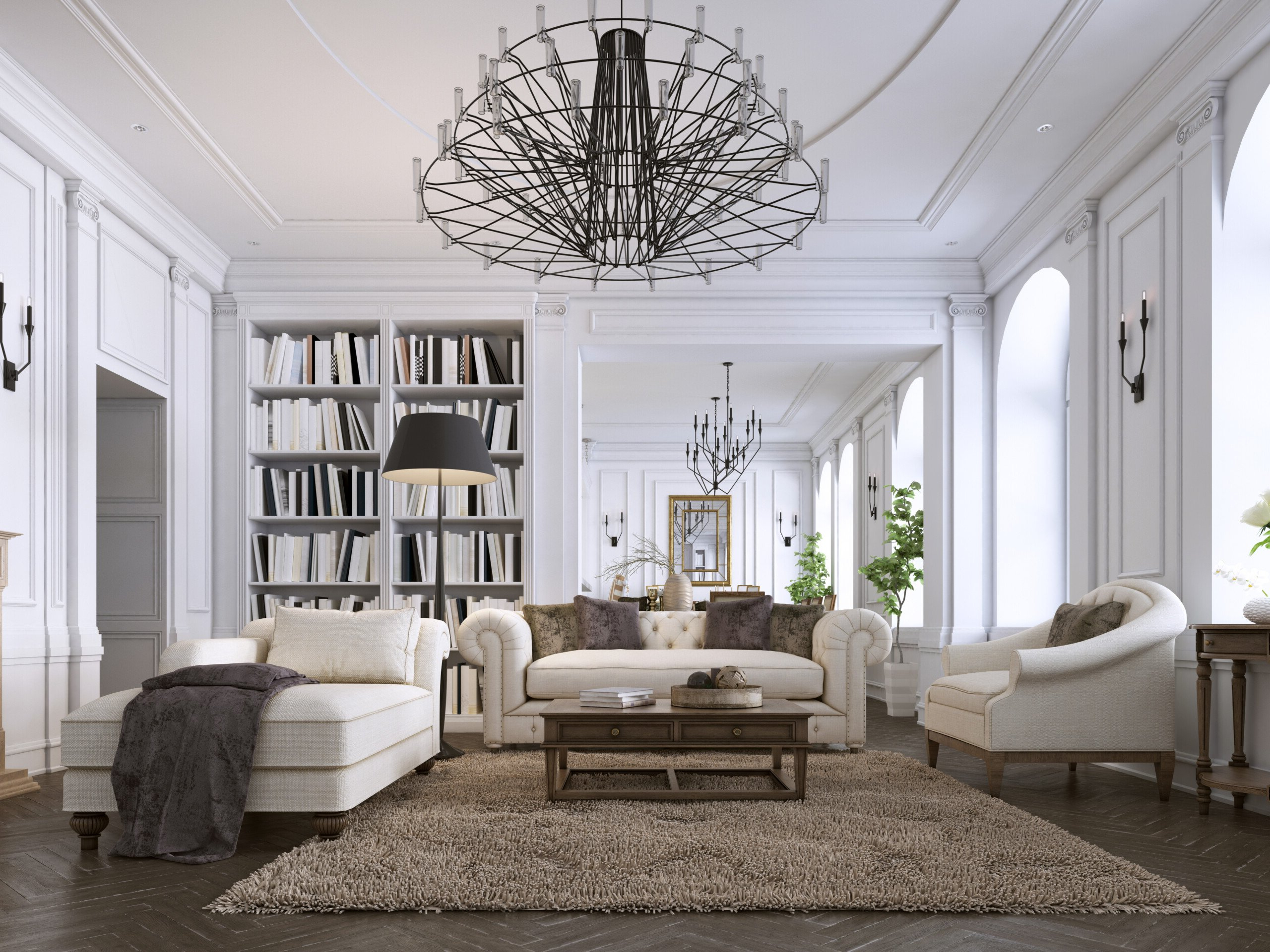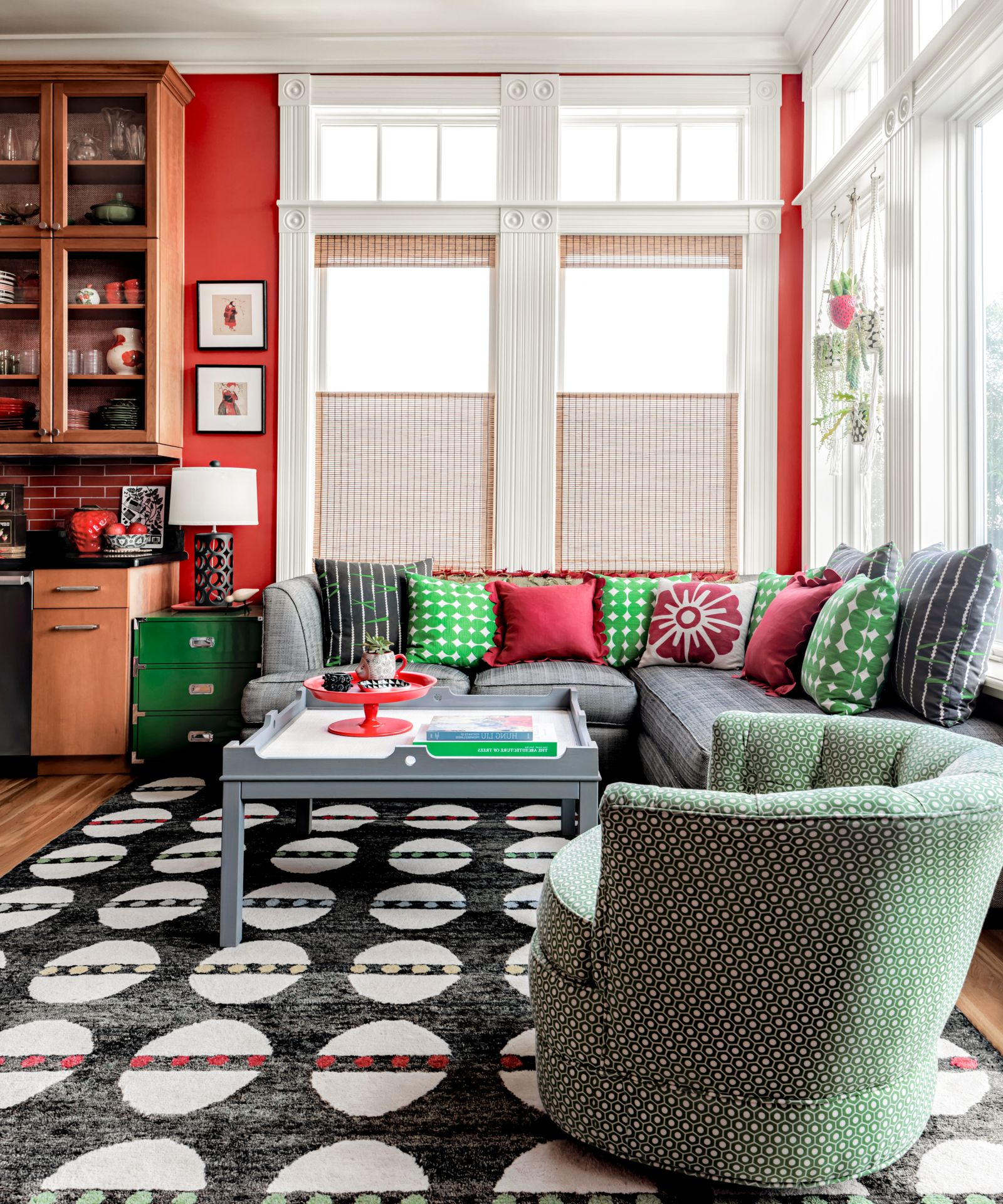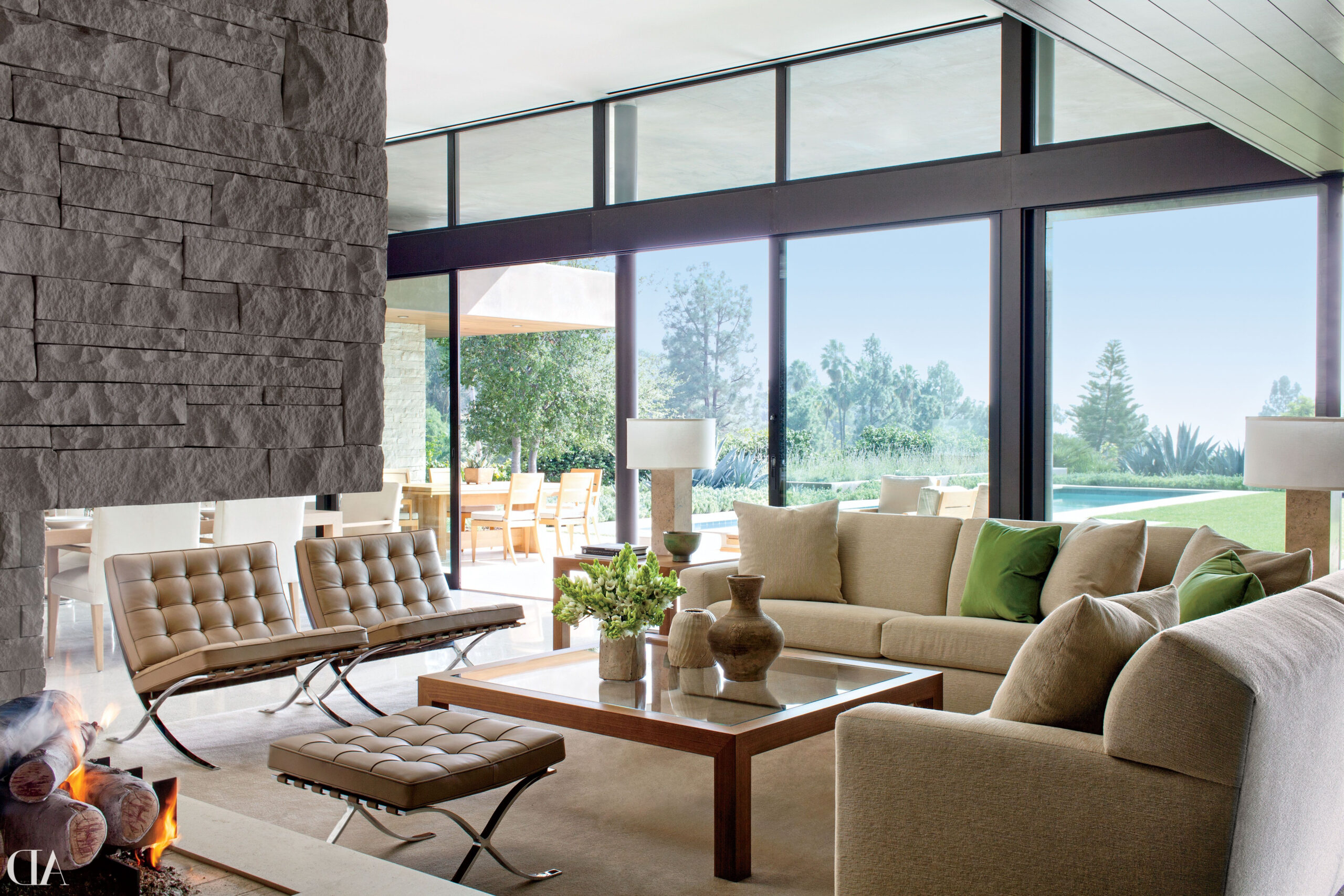Picture this: You’re standing in a living room where a sleek modern sofa sits beside a vintage mid-century chair, a rustic wooden coffee table holds a contemporary vase, and soft textiles in various textures create a sense of calm. This isn’t chaos – it’s cohesion. The secret lies not in matching everything perfectly, but in creating a visual conversation between elements. It’s about understanding how different styles can speak to each other without shouting over one another.
We’ve all seen those living rooms that look like they were designed by committee – where every piece is trying to be the star of the show. But what if I told you there’s a way to blend different styles so they actually work together? It’s not about forcing things to match or avoiding anything that doesn’t fit a single aesthetic. Instead, it’s about creating a dialogue between elements. Think of it like music – when different instruments play together, they create harmony rather than cacophony. The key is understanding how to make your space feel intentional, not haphazard.
Understanding the Foundation of Visual Harmony
Before diving into mixing styles, you need to understand what makes a space feel cohesive. It’s not just about color or pattern – though those matter – it’s about creating a visual rhythm. Picture a room where everything feels like it belongs, even if it doesn’t look identical. This happens when you establish a foundation of shared elements. These might be colors, materials, or proportions that tie everything together.
Consider a room that blends traditional and contemporary styles. The traditional pieces might feature rich wood tones and ornate details, while the contemporary elements bring clean lines and minimalist forms. But they work together because both incorporate similar textures – perhaps the same type of fabric for upholstery, or the same warm wood tones. These common threads act like a bridge, helping disparate elements communicate with each other.
What makes this particularly interesting is how we can see these principles in action in famous homes and design magazines. When designers pull off this look successfully, it’s because they’ve identified the underlying elements that connect their choices, even when the surface-level aesthetics seem completely different.
The Color Connection: Making Colors Work Together
Color is often the easiest way to create cohesion when mixing styles, and it’s also one of the most misunderstood aspects of interior design. Many people think they need to stick to a single palette, but that’s not always necessary. What matters more is establishing a consistent color story.
Start with a base color that represents the overall mood you want to create. This could be warm earth tones, cool grays, or even bold jewel tones. Then layer in accent colors that complement this base. For example, if your base is a warm beige, you might add deep burgundy and golden yellow as accents. This creates a unified feeling even when you’re mixing different design periods.
A great example is a living room that combines Victorian and Scandinavian styles. The Victorian elements might feature rich reds and golds, while the Scandinavian pieces use whites and soft grays. But if you add a few pieces in muted olive green or warm terracotta, these colors bridge the gap between the two styles. The result feels intentional and not random.
Don’t forget about neutral tones as anchors. They’re particularly helpful when you’re working with bold statement pieces. A neutral base gives everything else room to breathe and prevents overwhelming the eye.
Texture and Material Balance: The Tactile Language of Design
Textures add depth and dimension to a space, and they’re incredibly powerful tools for creating cohesion. When you mix materials, you’re essentially creating a conversation between different tactile experiences. The key is ensuring these textures complement rather than compete with each other.
Think about how you might combine a velvet sofa with a linen throw, or a metal side table with a woven basket. These combinations create interest while maintaining visual flow. The trick is to have at least one dominant texture that serves as the anchor, with others providing contrast and variety.
In practice, this means looking at the material properties of each piece. Natural materials like wood, stone, and linen tend to work well together because they share similar warmth and organic qualities. Synthetic materials like plastic or glass can also work if they’re used strategically. Consider using a mix of smooth and rough textures – a polished wooden coffee table paired with a chunky knitted blanket, for instance.
Real-world examples abound in successful mixed-style interiors. A designer might pair a leather armchair with a wool area rug and a rattan lamp shade, creating layers of texture that feel both sophisticated and lived-in. The secret is balancing the sensory experience without creating visual chaos.
Proportions and Scale: The Hidden Language of Balance
One of the most subtle yet crucial aspects of creating cohesion is understanding how size and scale affect visual balance. When you’re mixing styles, proportions become your best friend – or worst enemy, depending on how you handle them.
Large-scale pieces can dominate a room, so when you’re mixing styles, it’s important to consider how big each element is relative to the others. A massive Victorian sideboard might overwhelm a small contemporary sofa, but if you balance it with a smaller, more delicate piece, you create visual equilibrium.
Think about proportions like musical beats – some elements need to be bigger to make an impact, while others serve as the subtle background. In a room mixing traditional and modern styles, you might have a large, ornate mirror that serves as a focal point, balanced by several smaller, sleek picture frames arranged in a gallery wall.
This principle becomes even more important when considering furniture placement. If you have a tall, slender bookshelf from one era, pair it with shorter, wider pieces from another time period. This creates a rhythm that moves the eye around the room naturally, preventing any one element from feeling out of place.
The Role of Neutral Anchors: Creating Stability in Chaos
Neutral colors and simple shapes often serve as the unsung heroes of mixed-style interiors. They provide stability and allow other elements to shine without competing for attention. This is especially true when you’re working with bold or contrasting styles.
Consider a room that mixes industrial and feminine elements. The industrial pieces might include exposed brick walls, metal fixtures, and raw concrete surfaces. The feminine touches could involve soft pastels, floral patterns, or delicate fabrics. A neutral base – like white walls or beige carpet – allows these seemingly opposite elements to coexist peacefully.
But neutral anchors aren’t just about color. They can also be about form. Simple geometric shapes or clean lines can serve as the neutral ground that ties together more elaborate pieces. A basic white chair might be the neutral that grounds a room filled with patterned pillows and textured fabrics.
The beauty of using neutral anchors is that they give you room to experiment. You can try new styles or bold pieces without worrying about disrupting the overall composition. They’re like the quiet friends in a social gathering – they don’t draw attention, but they keep everyone comfortable and connected.
Practical Tips for Successful Style Blending
Now that we’ve covered the theory, let’s talk about practical implementation. Here are some actionable strategies for blending different styles without overwhelming your space:
• Start with one dominant style and add elements from others gradually
• Use a unifying color palette across all pieces
• Choose one dominant texture and build around it
• Pay attention to proportions and scale relationships
• Incorporate neutral elements to balance contrasting features
• Let one element serve as the room’s focal point while others support it
These aren’t hard rules, but rather guidelines that help you avoid common pitfalls. For instance, starting with one style and gradually adding elements from others prevents overwhelming the eye. It’s like learning to play music – you start with one instrument, then add others gradually until you create something harmonious.
Another effective approach is to focus on specific areas rather than trying to blend styles throughout the entire room. You might have a modern dining area with traditional chairs, or a contemporary bedroom with vintage accessories. This localized approach can be easier to manage and still creates interesting contrasts.
Finally, remember that cohesion doesn’t mean perfection. A successful mixed-style room should feel intentional, not calculated. There should be moments of surprise and delight, but everything should work together toward a unified vision.
Blending different styles in your living room is less about following rigid rules and more about developing an eye for visual harmony. It’s about creating a space that feels personal, lived-in, and intentionally curated. When done right, mixing styles brings energy and personality to your home. The key is to approach it thoughtfully, starting with foundational elements like color and texture, and building from there. Remember that even the most experienced designers started somewhere – they learned to see how different pieces could work together to create something greater than the sum of its parts. Your living room deserves to be a conversation starter, not a visual headache. With the right approach, you can create a space that feels both familiar and exciting, where every element has a purpose and contributes to the overall story of your home.


